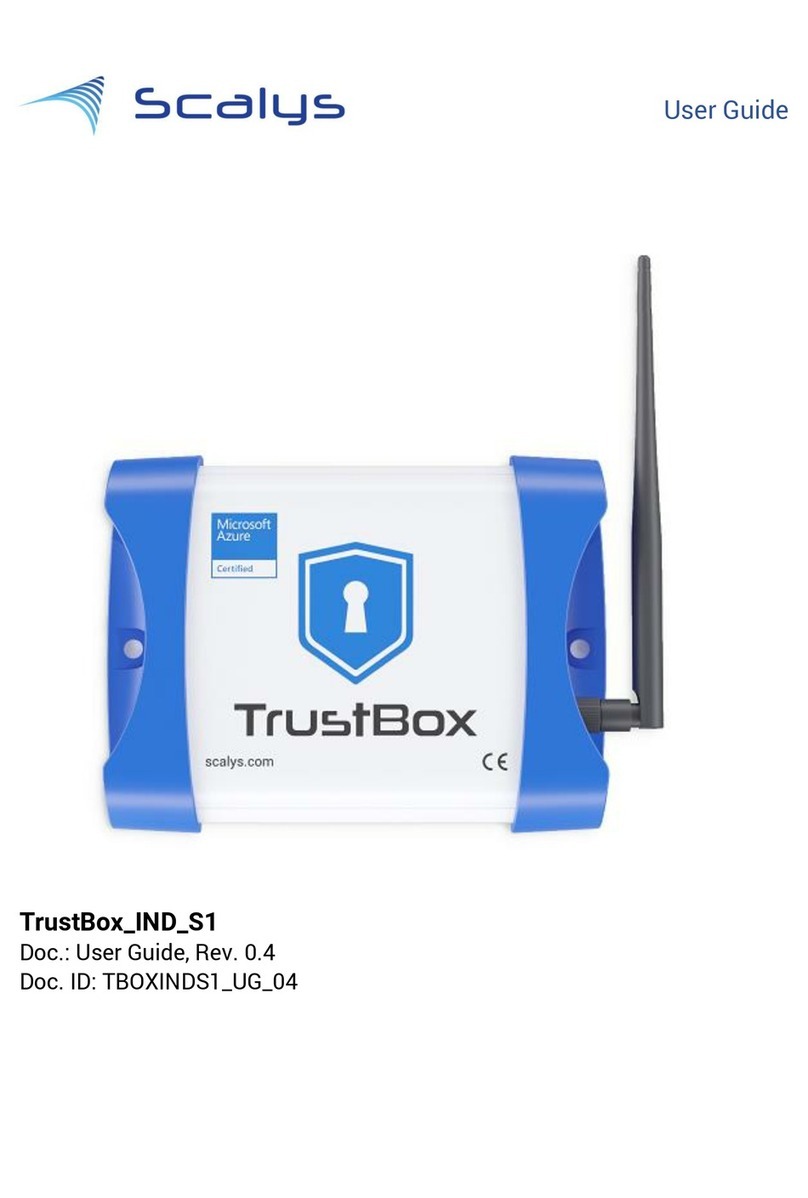
www.scalys.com
BSP User guide
May 29, 2019
Contents
List of Tables 4
1 Preparation 5
1.1 Install the dependencies using the package manager ................. 5
1.1.1 LSDK ........................................ 5
1.2 Git setup .......................................... 5
2 Building images 6
2.1 Quick start with LSDK ................................... 6
2.1.1 Building RFS .................................... 6
2.2 Standalone Linux kernel build .............................. 8
2.3 Building composite firmware image ........................... 8
3 Firmware components 9
3.1 Reset Configuration Word ................................. 9
3.1.1 Building RCW binary ................................ 9
3.1.2 Modifying the Reset Configuration Word .................... 9
3.2 U-boot ............................................ 10
3.2.1 Building U-boot with LSDK ............................ 10
3.2.2 Standalone U-boot build ............................. 10
3.3 PFE ............................................. 10
3.3.1 Building PFE firmware with LSDK ........................ 10
3.4 PPA ............................................. 10
3.4.1 Building PPA firmware .............................. 10
4 TrustBox flash configuration 11
4.1 Primary flash partitioning ................................. 11
4.2 Rescue flash partitioning ................................. 12
5 Installing and updating images 13
5.1 Flashing/updating the RFS on the SD card ....................... 13
5.2 Updating partitions on the primary flash ........................ 13
5.3 Recovering from the rescue flash ............................ 14
6 Configuration necessary for a TFTP boot 15
6.1 TFTP server installation and configuration ....................... 15
6.2 DHCP Server installation and configuration ....................... 16
7 Frequently asked questions 17
7.1 What is the default login of the LSDK/QorIQ SDK? ................... 17
7.2 How to connect to the TrustBox? ............................. 17
7.2.1 Serial port connection ............................... 17
7.2.2 SSH connection .................................. 17
7.3 Why doesn’t my TrustBox seem to accept my commands on the serial port? . . . . 17
7.4 Why doesn’t my TrustBox produce any output data on the serial interface? ..... 18
7.5 The ethernet interfaces of the Packet Forwarding Engine (PFE) are not working? . 18
7.6 Bluetooth can’t find any devices? ............................. 18
Copyright ©2019, Scalys BV Restricted 3




























